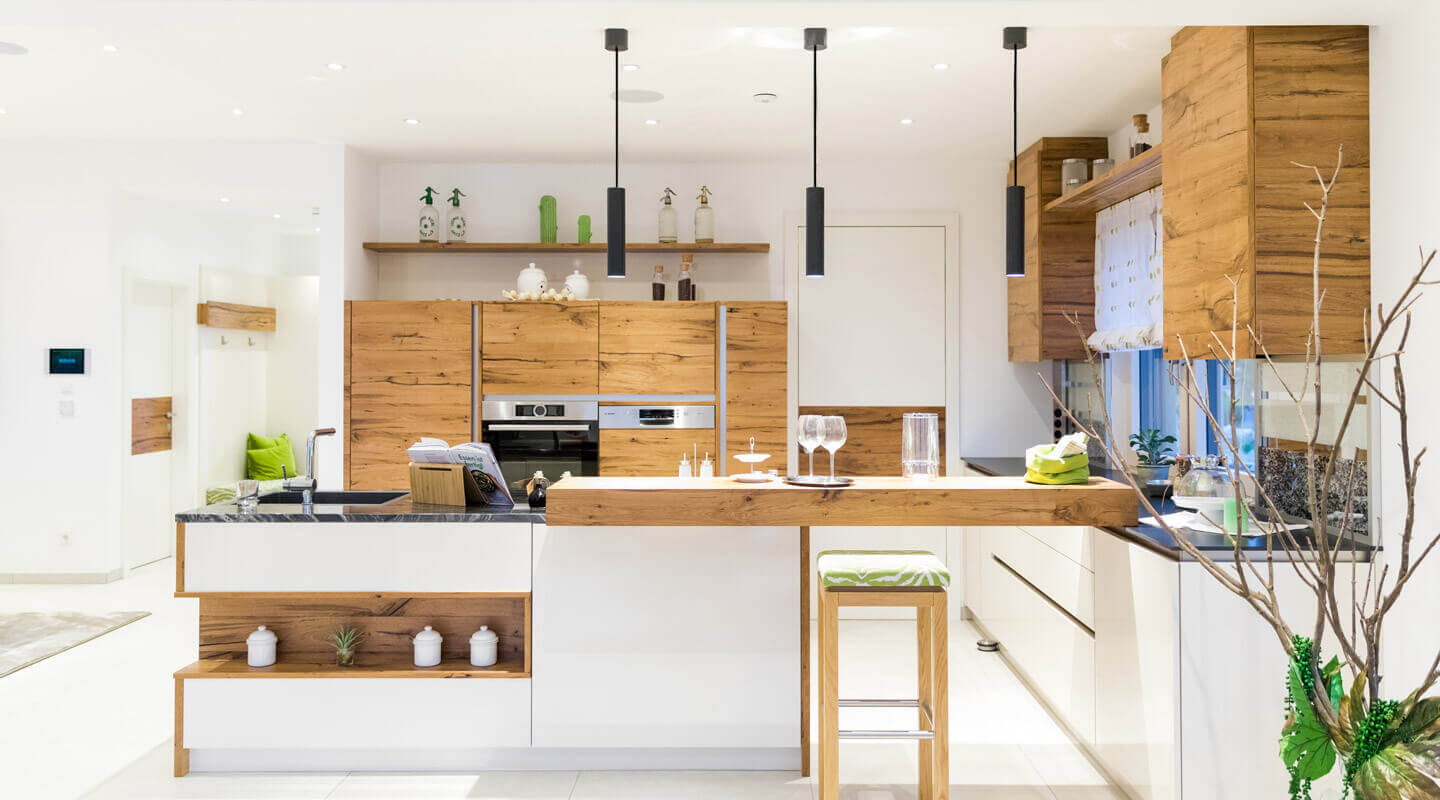
How Much Does A Smart Home Cost?
If you’ve recently begun your journey to smart home enlightenment, one of the first questions on your list is likely to be “this sounds great but how much is it all going to cost?” With so many options now available, deciding on which solution offers the best value for money can be tricky.
You may have arrived here from Google in your quest to seek the ultimate, definitive answer to that age-old question. The answer is… it depends (sorry!). (If you’ve got your heart set on Loxone, however, I’d suggest scrolling down a little where I’ve done my best to illustrate approximate costs.)
The reason for the frustrating answer of ‘it depends’ is thanks, in part, to the plethora of options available on the market that fall under the category of ‘smart home’.
Choosing your solution
If budget is tight, the ‘DIY’ route could be a good option; there are lots of products available that you can set up yourself, usually via an app. These products might include smart lightbulbs and wireless speakers. Other products, like smart thermostats, will require some wiring by an electrically competent person.
The advantage of these products is that they’re affordable, and if you’re able to install them yourself, present a good alternative to having a system professionally installed. There are two main downsides: firstly, if you’re not confident in how the product is installed, there’s a good chance things could go wrong. Secondly, the functionality with most of these products will be limited – although some products can work together, you may struggle to create a cohesive ‘smart home’ if you’re looking to go beyond basic heating and lighting control.
If functionality is more important than exact costs, consider having a professional home automation system installed. There will most likely be a higher upfront cost than out-of-the-box solutions, however, a professionally planned and installed system is likely to be more reliable and offer much greater scope in terms of compatibility and functionality.
When it comes to budgeting for a professionally installed system, you’ll need to consider the cost of the hardware itself and the cost of installation. Furthermore, the design and planning of the system may be an additional cost to the physical installation, depending on your installer.
How much more will it cost
to wire my home for home automation?
As a general rule of thumb, we usually say that you’ll need to double your electrical installation budget if you’re looking to go from conventionally wired lighting, heating and a burglar alarm to ‘smart’ versions of each with Loxone.
Cost vs Uplift
It is an important distinction to make that the cost of a system is not the actual uplift when it comes to budgeting. This is because there are often components that are not needed from a traditional installation when going the smart route – specifically with Loxone. For example, you may have already factored in the cost of motion sensors and keypad from an alarm budget, wiring for lighting in the electrical budget, valve actuators and thermostat in the heating budget, etc. Seeing as these items would be part of a Loxone parts list, the costs are not over-and-above what you may have already set aside.

How much can I expect to pay for a Loxone Smart Home system?
The final cost of your smart home system will depend on several factors, which may include:
- The size and location of your home
- The features and specification you are looking for
- Hardware options – whether you choose Loxone switches or other switches, for example
- Planning, design and consultancy costs
- Labour and installation costs
The figures below are based on a Loxone Smart Home installation. There are, of course, several manufacturers that can offer similar functionality, however, their costs will likely be different to ours.
Smart home costs in relation to property value
Another way of estimating costs is to look at the cost of a smart home in relation to the property’s value.
Generally speaking, you can expect to pay somewhere between 2% and 6% of your property’s value on a smart home installation. Of course, there’s not really an upper limit of how much you can spend, and if your home is especially large, or you’re looking for bespoke features, your costs may be considerably higher.
%

%

4% of the property value will give you automated lighting, heating and security, plus access control and a smart intercom.
%

At this level, you’ll likely be able to enjoy all of the features mentioned previously plus more advanced features like multiroom audio and blind control.



An Investment In Your Home
Installing a smart home system is an investment in your home, just like a new kitchen or bathroom would be. You’ve carefully considered your options and chosen something that suits your personal tastes and lifestyle.
So if percentages aren’t really your thing, how about this:
A smart home installation will generally cost around the same as a kitchen.
Now, just like homes themselves, not all kitchens are built alike: there’s budget and there’s bespoke, and a wide range in between and beyond that. However, for the sake of argument, we’ll work with some typical kitchen costs to see how the numbers might stack up.
For this example, we’ll take the ‘average’ property price in England (as of April 2019) of £245,128 and round it to £245,000.
(Looking at figures from The HM Land Registry, as of April 2019 the average property price in London is a cool £471,504, which is just shy of double the UK average, so for this example, you could double the figures for London properties).
Budget
If we take 2% of our average house price, we get a cost of £4,900. So we’re just shy of £5,000 for a budget kitchen. Having had a play with the price estimator on the Wren kitchens website, we’d say that’s about right.
Mid-Range
If we take 4% of our average house price, we get a cost of £9,800. So we’re around the £10,000 mark for a mid-range kitchen. In smart home terms, this would allow you to have the lighting, heating and security features from your basic spec, plus some additional features such as access control and an intercom to allow you to see and speak to visitors at your front door from anywhere in the world.
Luxury
If we take 6% of our average house price, we get a cost of £14,700. So we’re a little below the £15,000 mark for a high-end kitchen. Back to the Wren price estimator to upgrade my countertops to granite, add some Neff appliances (including an oven with the disappearing door so we can pretend we’re on Bake Off) and the bill is… £13,845. Not bad.



Home & Building Automation Inspiration
Filled with tips & tricks, exquisite case studies, expert advice; the all-new Create Automation magazine is 60+ pages of fantastic home & building automation content presented in a visually-rich and inspirational way.
Click below to get your free copy!